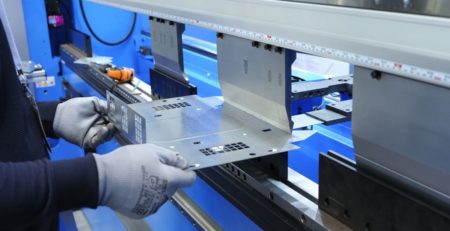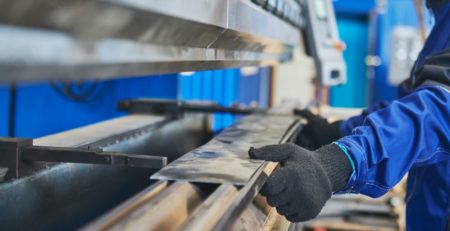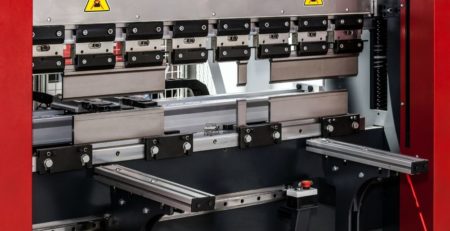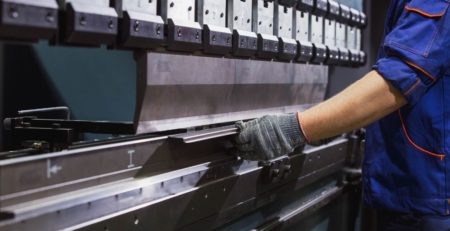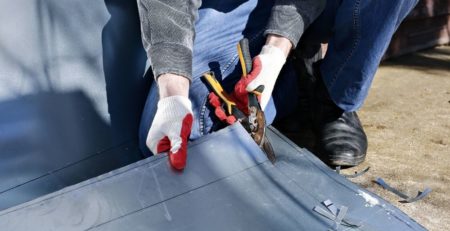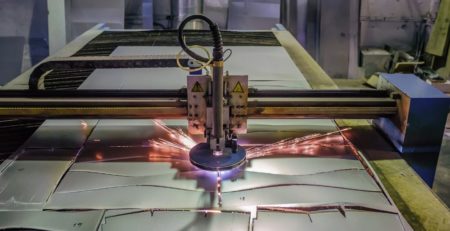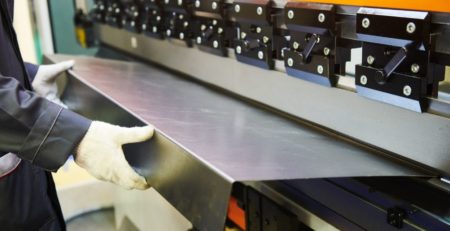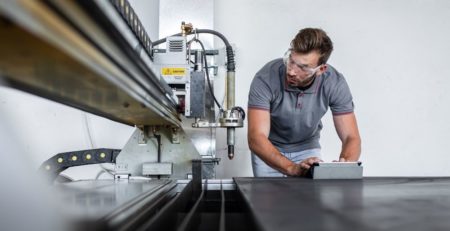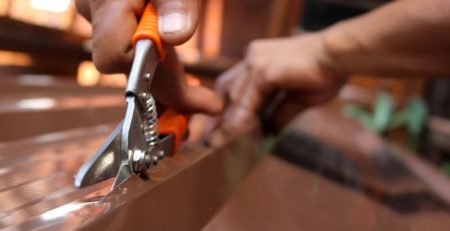What You Should Know About CNC Machining
CNC machining, or Computer Numerical Control machining, is a manufacturing process that uses computer-programmed instructions to produce precision parts and components from various materials. The CNC machine takes these instructions and transforms them into motion, cutting, drilling, stamping, or bending material to shape the desired part or component. The high precision and repeatability of CNC machining make it suitable for a wide range of applications, from medical devices and aerospace components to automotive parts and tools. Here’s what you should know about CNC machining.
When Did CNC Machining Begin?
CNC machines became widely used in industrial manufacturing in the 1970s. By using computers to control a machine’s movements instead of manual labor, factories could significantly cut production time and increase output. Today, CNC technology is essential for many industries, and it continues to evolve with advancements in computer technology.
How Did Metalworkers Cut and Shape Metal Before CNC Machines?
Before CNC machines, metalworkers worked off of drawings and plans that engineers drafted manually. They used manual measuring tools and controls to produce parts replicating the plans as closely as possible. The manual tools they used to cut and shape metal included hand tools like saws, files, and chisels, as well as powered tools like lathes and mills.
While these methods could produce accurate results, they were time-consuming and labor-intensive. By using computer-aided manufacturing processes, CNC machines can produce parts and components with precision in a fraction of the time.
How Does CNC Machining Work?
At its core, CNC machining is the process of shaping material using a computer-controlled machine tool. A programmer inputs instructions into the machine that dictate the movement of tools, such as drills, press brakes, and cutters. The machine then follows those instructions to cut and shape the material into its desired form.
In order for CNC machines to produce parts, a design must be converted into a language that the machine can understand. CNC operators use Computer Aided Design (CAD) software, which creates detailed 3D models of parts and components. The CAD model is then converted into G-code, a computer language that the CNC machine can understand, using another software program designed specifically to perform that conversion. Once the instructions are programmed into the machine, it is ready to begin machining.
CNC machines can be either open-loop or closed-loop systems. In an open-loop system, the machines follow the instructions given exactly, but there is no feedback from the machine that tells the operator if something has gone wrong. On the other hand, a closed-loop system includes sensors that provide feedback that allows the programmer to adjust instructions if the machine deviates from the design or a change in design becomes necessary. This feedback loop ensures the highest level of accuracy and repeatability in the machining process.
The combination of CAD/CAM software and CNC machining has made it easier than ever for factories and manufacturers to produce parts quickly and cost-effectively. With its accuracy and repeatability, CNC technology is essential for many industries today.
What Kinds of Materials Can CNC Machines Cut?
CNC machines can be used for many materials, including metals, plastics, and composites. Depending on the intended use of the part or component, manufacturers can choose from several metals, such as steel, aluminum, wood, foam, and composites.
What Types of Parts Do CNC Machines Make?
CNC machines create complex 3D shapes as well as simple 2D designs. Common items made with CNC machining include automotive parts, replacement parts, metal fencing, and even huge pieces like steel I-beams or large metal pipes. CNC machines are also widely used to produce aerospace components and medical devices. With its accuracy and repeatability, CNC machining is the perfect choice for producing complex parts and components with precise tolerances.
What Are Common Types of CNC Machines?
CNC machines come in various shapes and sizes, from small desktop models to large industrial machinery. The most common type of CNC machine is the milling machine, which uses rotary cutters to remove material from a workpiece. Other popular CNC machines include:
- Lathes (which use turning tools to shape the workpiece)
- EDM or arc cutter machines (which use electrical current to cut away material)
- 3D printers
- Laser, plasma, and waterjet cutters.
CNC machines are also available in both electric and hydraulic versions. Electric machines typically cost less and are more common, while hydraulic machines offer greater torque and power for larger projects. CNC press brake machines can bend precise angles into long, thick segments of sheet metal so they will fit perfectly when put in place in building structures, airplanes, or cars.
What Are Some Advantages of CNC Machining?
CNC machining offers a number of advantages over traditional manufacturing processes. It allows for higher precision and repeatability than manual methods, meaning that parts produced with CNC machining are often more accurate and consistent.
Additionally, CNC machines can produce parts in a fraction of the time it would take to make them manually, which makes them ideal for high-volume production runs. Finally, CNC technology is programmable, meaning that the same part can be produced multiple times without redesigning it each time. This makes CNC machining cost-effective and efficient.
Whether it’s producing a medical device, aerospace component, or simple tool, CNC technology is essential for many industries today. It has revolutionized modern manufacturing processes that create precise and repeatable parts in a fraction of the time.
Learn more about what you should know about CNC machining from the experts at Mac-Tech. We can provide you with plasma or laser cutters, tube-making machines, and electric or hydraulic CNC press brakes for all your metal manufacturing needs. Not only do we sell new and pre-owned machines, but we provide training and service to keep those machines performing optimally for your operations.
So if you’re looking for a reliable, cost-effective option for your manufacturing needs, consider CNC machining as an alternative. With its accuracy and repeatability, CNC technology is sure to get the job done right.




